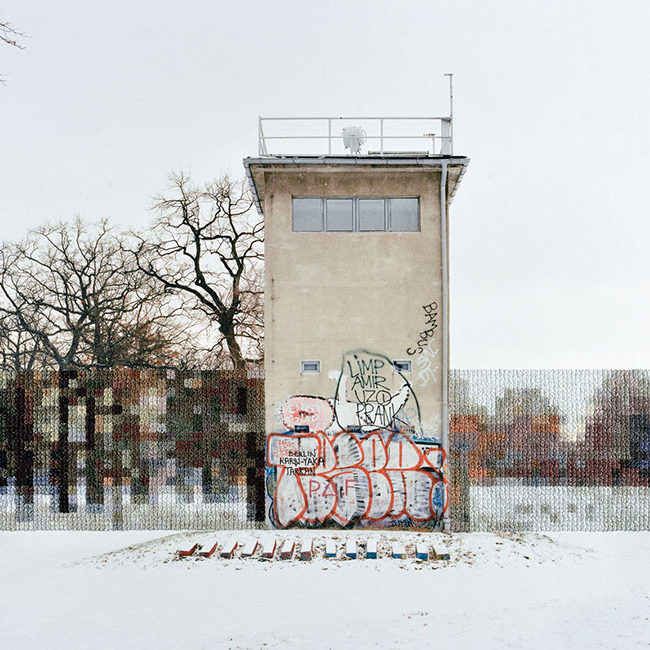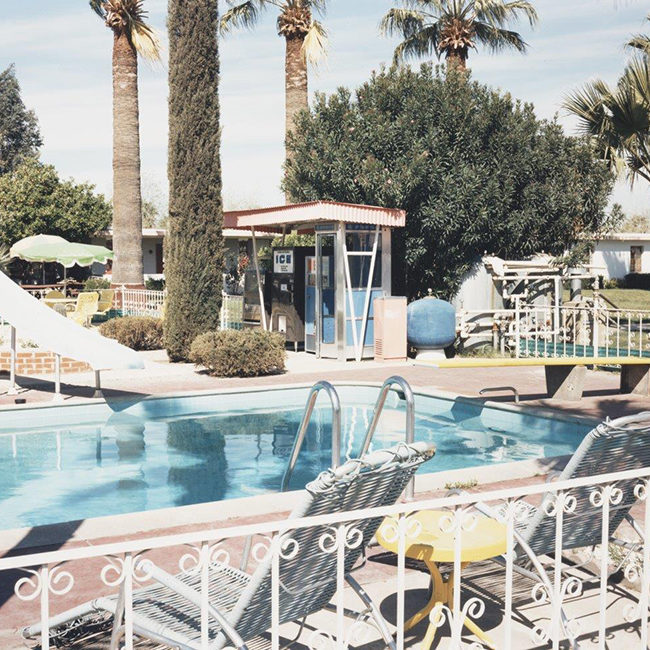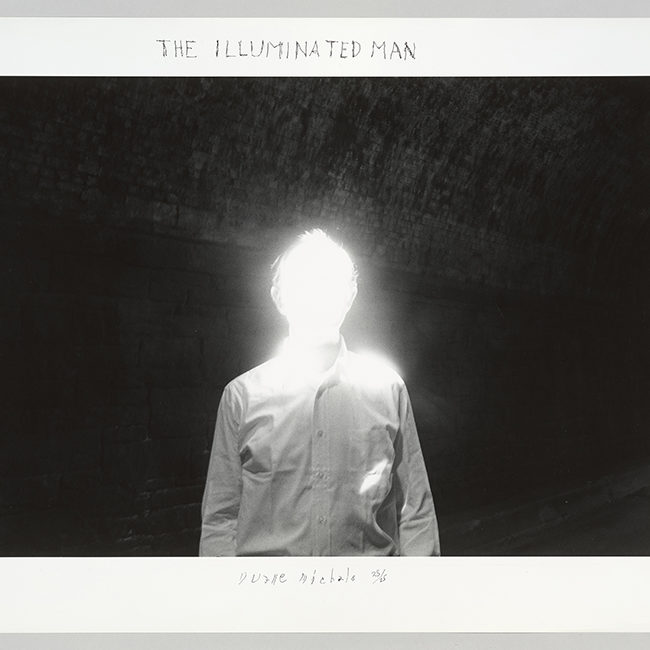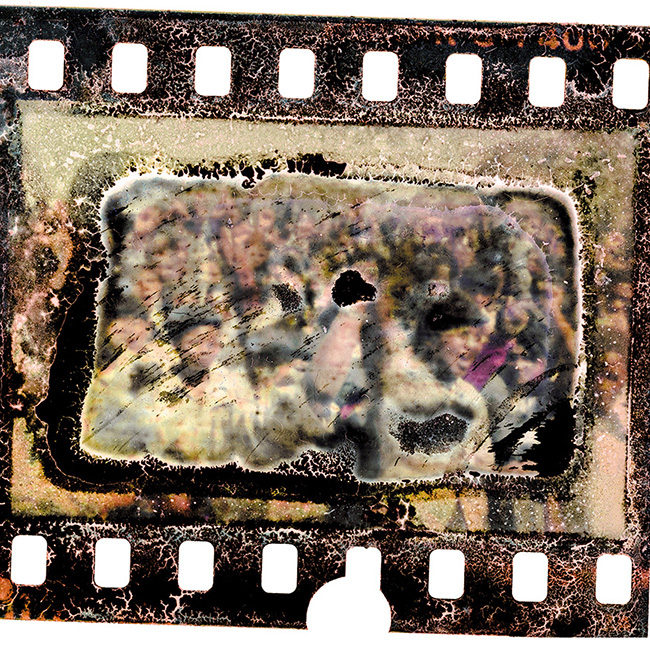Magnum photographers Jim Goldberg and Donovan Wylie spent a year exploring the city of New Haven, Connecticut while they were artists in residence at Yale. Their two views of the city—and its legacy of urban renewal projects gone awry—are now collected in a two-volume set of photo books and an exhibition on view at the Yale University Art Gallery in New Haven through August 20.
New Haven is where pizza was introduced in the U.S., it was the site of a 1970 trial of members of the Black Panthers, and it’s home to buildings designed by some of the 20th century’s greatest architects. From the late 1950s to 1970, New Haven received more federal funds for urban renewal than any other U.S. city. Its mayor at the time nicknamed it “Model City.” Most of the funding, however, was spent on “slum clearance,” which displaced 25,000 people, and the construction of a six-lane highway connector that cut through the city, separating its mostly working-class neighborhood from the downtown. The projects did nothing to address the decline in manufacturing jobs. Today, more than one third of New Haven residents earn incomes below the poverty level, and scarcity makes housing expensive.
As a Doran Artist in Residence in 2013, Goldberg, a New Haven native, examined the city’s history through the prism of his own childhood. His latest book, Candy, includes penetrating portraits of contemporary residents. As he did in previous books such as Raised by Wolves, Goldberg asked some subjects to add handwritten text to their portraits. He also made collages of snapshots and archival materials. He uses images and text to explain his decision to leave New Haven, and to present the poignant stories of two other city natives: Joseph Taylor, who has collected New Haven memorabilia; and Germano Kimbro, the son of a Black Panther.
Wylie, who was born in Ireland, examined the highway overpasses that have had such an out-sized influence on New Haven life. His time at Yale coincided with a massive new infrastructure project: The construction of a new connector between two interstate highways. In his book, A Good and Spacious Land, he shows both decaying, old structures, and elevated roadways that are as yet half built. He hints at futility, showing a ladder that goes nowhere, pylons that support nothing. City planners disagree about whether the city’s highway reconstruction will repair the mistakes of the past or contribute to gentrification and greater income disparity. Wylie’s images capture both grand ambition and uncertainty. They remind us that monumental endeavors can, despite good intentions, sometimes produce bad results.
Related Articles
Heroes & Mentors: Jim Goldberg and Todd Hido on Larry Sultan
Jim Goldberg: Still Rich and Poor












New Haven, and really Connecticut, suffered from bad planning decisions in the mid 20th C. (both architectural and engineering); the decision by communities to build a major interstate along the congested shoreline rather then inland when, at the time, it was mostly farmland or woods (my father was involved in this and he regretted it to the day he died); loss of manufacturing and headquarters around the same time to today; growth of the haves at the expense of the have nots (Fairfield County is not that far and has an oversize impact on quality of life statewide for all but the rich who dwell in that county and other wealthy enclaves); consistently poor leadership from the state capital and a focus by the elected state leaders to spend on Hartford in the past 30 years and not New Haven or Bridgeport + poor leadership in other cities in the state and; last but not least the willful and total disregard of the very city a wealthy and smart university existed in. The gown completely failed the town and has only now begun to own up and participate.
Contrast this to Providence, RI around the same period, in far, far worst shape. But a committed major (flawed as he was) combined with a poor ivy and even poorer art school, rebuilt the corp of the city and then some. Was it perfect? No. Did it save the city? Yes! Is Providence a nice place to live? Most would say yes.
New Haven had a chance to do this many times. Most recently, it could have buried/covered i95 and the lower part of i91 along its water front (something like Duluth or other cities did decades ago) and sent i95 into a tunnel to the other side of the river heading north. This would have opened up the city water front and been a big injection of new businesses with a major waterfront park right at the city—helping toward solving a big quality of life issue too.
But, they and the state didn’t. They chose an engineering solution and the status quo. It looks nice and new but did nothing for the city!
Planning, vision, and political leadership are the missing elements in New Haven and much of Connecticut recovering from decades of greed and mismanagement.